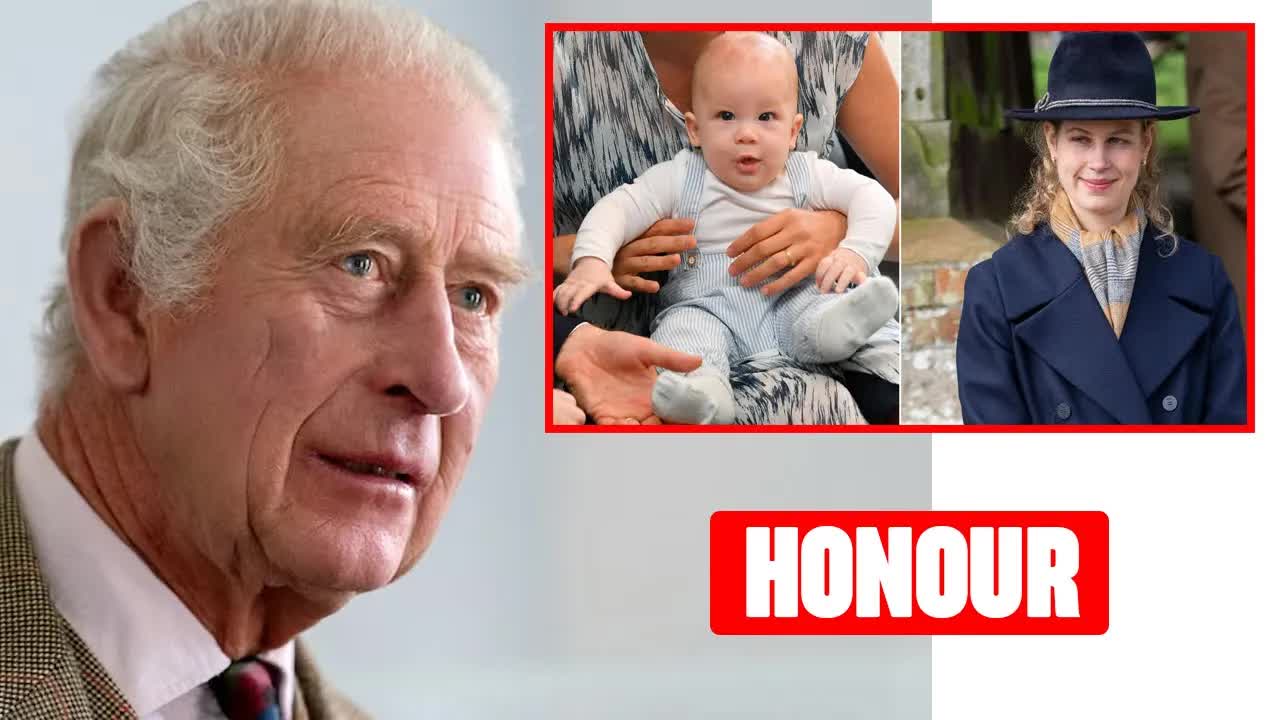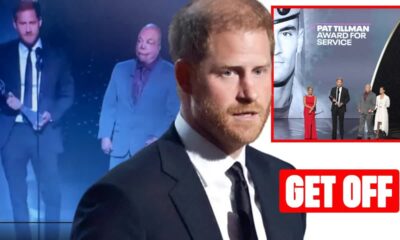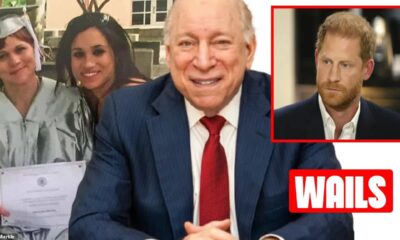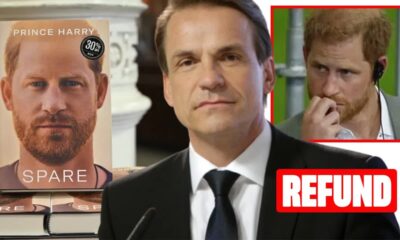Must Read
Royal Shake-Up: Prince Harry and Meghan Markle’s Children Adopt New Surname
In a significant departure from tradition, Prince Harry and Meghan Markle have decided that their two children will now be recognized by the surname Sussex.
This move marks a notable shift from the long-standing practice of using the surname Mountbatten-Windsor for royal descendants.
Initially, Archie and Lilibet were bestowed with the surname Mountbatten-Windsor upon their birth.
However, following King Charles' ascension to the throne, they have now adopted the name Sussex in alignment with their parents' Duke and Duchess titles.
The surname Mountbatten-Windsor has a rich history, dating back to 1960 when it was designated for all future male heirs of Queen Elizabeth II and Prince Philip.
This name is a combination of their respective family names.
The decision by Harry and Meghan to alter their children's surnames to Sussex has sparked controversy and drawn criticism from various quarters.
BBC Royal correspondent Michael Cole expressed his skepticism, labeling the move as nonsensical and attributing it to the couple's residence in California.
Delving into the intricacies of royal nomenclature, Cole highlighted the evolution of the royal family's name from Saxe-Coburg-Gotha to Windsor in 1917 under King George V. Prince Philip, the late Duke of Edinburgh, advocated for the adoption of the name Mountbatten-Windsor, citing his inability to pass on his own surname to his offspring.
Despite initial resistance, Queen Elizabeth eventually acquiesced to the change.
This alteration is reflected in the official documents of royal family members, such as Princess Anne and Prince Harry, where the surname Mountbatten-Windsor is utilized.
The recent decision by Harry and Meghan to transition to the surname Sussex raises questions about the legal implications of royal titles and names.
The alteration aligns Archie and Lilibet with their cousins, Prince George, Princess Charlotte, and Prince Louis, who have previously used the surname Cambridge and now employ Wales in accordance with their parents' titles.
Notably, Lady Louise-Windsor emerges as the sole remaining individual retaining the Mountbatten-Windsor name, emphasizing the uniqueness of her position within the royal lineage.
The incorporation of the Mountbatten name into the royal family's surname holds sentimental significance, particularly for Prince Philip, who championed its inclusion.
The attribution of the Mountbatten-Windsor surname to Lady Louise and her brother resonates as a tribute to the late Duke of Edinburgh's legacy.
Lady Louise's exclusive retention of this name underscores the enduring bond she shared with Prince Philip and serves as a poignant acknowledgment of their relationship.
Speculation abounds regarding King Charles' response to Prince Harry's request to reclaim his title, with rumors suggesting that Lady Louise Windsor may assume the mantle of Duchess of Sussex.
This purported decision aims to rejuvenate the reputation of the Sussex brand and redistribute responsibilities previously held by Harry and Meghan.
Consultation with Princess Anne and Prince William underscores the deliberative process behind this potential appointment, positioning Lady Louise to undertake a pivotal role commencing in March 2024.






























